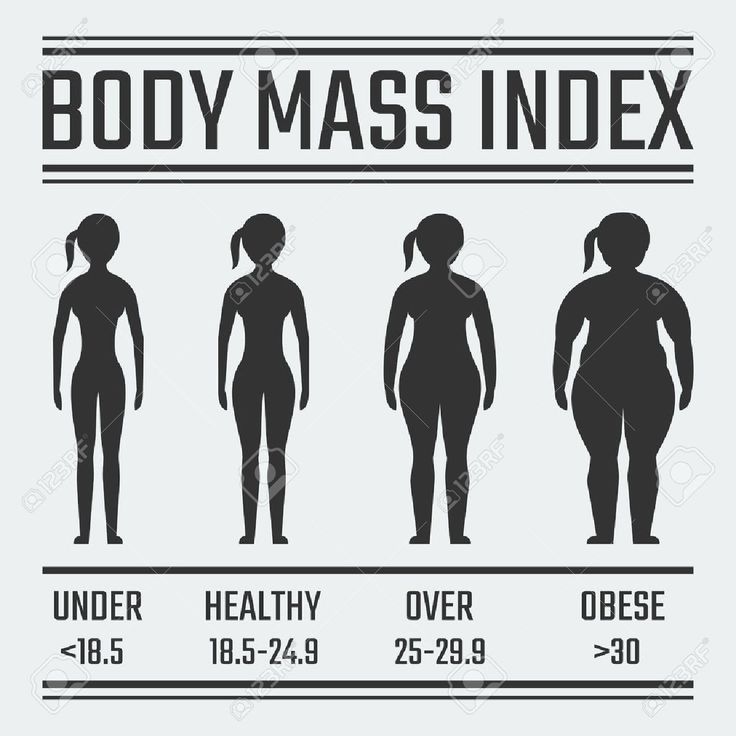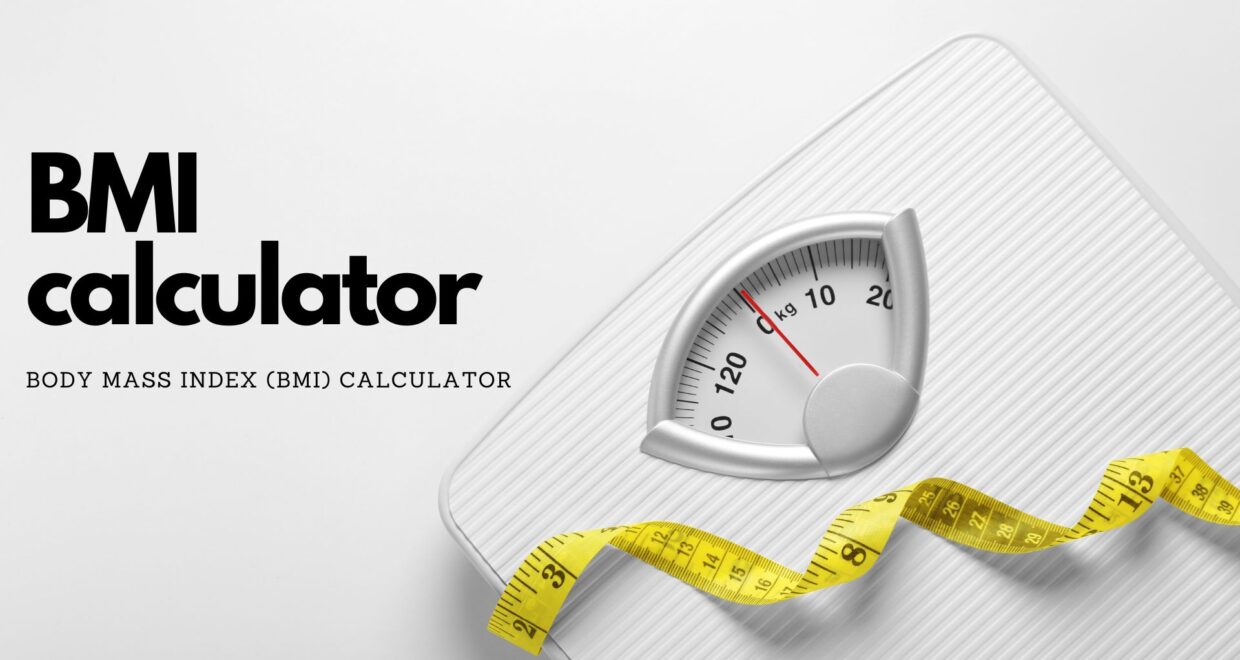Maintaining a healthy weight is crucial for overall well-being, but how do you know if your weight is within a healthy range? This is where the Body Mass Index (BMI) comes into play. BMI is a widely used measure to assess whether a person is underweight, normal weight, overweight, or obese, based on their height and weight. Understanding your BMI can provide insights into your health and guide you in making informed decisions about your diet and fitness.
But what exactly is BMI, how is it calculated, and what are its limitations? This comprehensive guide will answer all your questions about BMI and provide practical tips on how to use this tool effectively. Whether you’re trying to manage your weight, set fitness goals, or simply stay informed, learning about BMI can be an essential step towards achieving a healthier lifestyle.
What is a BMI Calculator?
A Body Mass Index (BMI) calculator is a tool designed to help individuals understand their weight status in relation to their height. It’s widely used by healthcare professionals, fitness enthusiasts, and individuals looking to maintain or improve their health. The formula for calculating BMI is straightforward: divide a person’s weight (in kilograms) by their height (in meters) squared. The resulting value is then compared against standard BMI categories to classify an individual’s weight as underweight, normal weight, overweight, or obese.
For example, if a person weighs 70 kg and is 1.75 meters tall, their BMI would be calculated as:
BMI= 17/1.75×1.75 = 22.86
This result would fall within the “Normal Weight” range according to the BMI chart. However, while the BMI calculator provides a general indication of whether someone is within a healthy weight range, it does not account for other factors like muscle mass, bone density, or fat distribution, which can also influence health.

Why is BMI Important?
The BMI calculator is a practical tool for both individuals and healthcare professionals because it offers a quick and easy assessment of weight status. This assessment can help in identifying potential health risks associated with being underweight, overweight, or obese. For example, a high BMI may indicate a higher risk for conditions such as heart disease, diabetes, hypertension, and certain cancers.
However, it’s important to remember that BMI is not a diagnostic tool but rather a screening measure. It should be used in conjunction with other health assessments, such as body fat percentage and waist-to-hip ratio, to get a more comprehensive picture of a person’s health.
How to Use a BMI Calculator
Using a BMI calculator is simple and straightforward. Follow these steps:
- Measure Your Weight: Use a scale to measure your weight accurately. Ensure that it is in kilograms (kg) for metric calculations or in pounds (lbs) for imperial measurements.
- Measure Your Height: Stand straight against a wall and measure your height in meters (m) or inches (in).
- Input Your Details: Enter your weight and height into the BMI calculator.
- Get Your BMI Result: The calculator will provide a numerical value, which can then be interpreted based on the standard BMI categories mentioned above.
Understanding the Different BMI Categories
Underweight (BMI less than 18.5)
Being underweight may indicate malnutrition, a weakened immune system, or underlying health conditions. It is advisable to consult with a healthcare provider to identify potential causes and consider dietary or lifestyle changes to reach a healthier weight.
Normal Weight (BMI 18.5 – 24.9)
A BMI within the normal range suggests that an individual has a healthy weight in relation to their height. Maintaining this weight range can reduce the risk of chronic diseases and contribute to overall well-being.
Overweight (BMI 25.0 – 29.9)
A BMI in the overweight range may increase the risk of developing conditions such as type 2 diabetes, cardiovascular disease, and high blood pressure. Individuals in this category may benefit from adopting a healthier diet and engaging in regular physical activity.
Obesity (BMI 30.0 and above)
- Obesity is associated with a higher risk of serious health issues, including heart disease, stroke, and certain cancers. It is often recommended for individuals with a BMI of 30 or above to seek professional guidance for weight management and health improvement strategies.

Benefits of Using a BMI Calculator
Using a BMI calculator offers several benefits, including:
- Easy and Quick Assessment: It provides an instant overview of your weight status with minimal effort.
- Motivation for a Healthier Lifestyle: Knowing your BMI can motivate you to adopt healthier eating and exercise habits if needed.
- Risk Assessment: It helps in assessing potential health risks associated with being underweight, overweight, or obese.
Limitations of the BMI Calculator
While the BMI calculator is a useful screening tool, it has limitations:
Doesn’t Differentiate Between Muscle and Fat
BMI does not distinguish between muscle mass and fat. Athletes or bodybuilders may have a high BMI due to increased muscle mass but are not necessarily overweight or at risk for health problems.Doesn’t Account for Age, Gender, or Ethnicity
BMI does not consider factors such as age, gender, or ethnicity, which can influence body composition. For example, older adults may have a lower muscle mass, and women typically have more body fat than men at the same BMI.Not Suitable for Children
For children and adolescents, BMI is interpreted differently based on age and gender-specific percentiles. Pediatricians use growth charts to determine a child’s BMI status.
Tips for Maintaining a Healthy BMI
Achieving and maintaining a healthy BMI requires a combination of healthy eating, regular physical activity, and positive lifestyle habits. Here are some tips:
- Eat a Balanced Diet: Focus on consuming a variety of fruits, vegetables, whole grains, lean proteins, and healthy fats. Limit the intake of sugary beverages and processed foods.
- Stay Active: Aim for at least 150 minutes of moderate aerobic activity or 75 minutes of vigorous activity per week. Include strength training exercises to build muscle and support metabolism.
- Monitor Your Weight: Regularly checking your BMI and weight can help you stay on track with your health goals.
- Seek Professional Advice: Consult with a healthcare provider or dietitian to develop a personalized plan that suits your needs and lifestyle.
Frequently Asked Questions (FAQs)
1. Is BMI a reliable measure of health?
BMI is a good indicator of general health and weight status, but it doesn’t consider factors like muscle mass, bone density, or fat distribution. Therefore, it should be used alongside other health assessments.
2. What is a healthy BMI?
A healthy BMI falls between 18.5 and 24.9. Staying within this range is ideal for reducing the risk of chronic diseases and maintaining overall well-being.
3. Can BMI be different for men and women?
The BMI calculation is the same for both men and women. However, body composition differs between genders, so results should be interpreted in conjunction with other health factors.
4. How can I lower my BMI?
To lower your BMI, focus on a combination of a healthy diet, regular exercise, and lifestyle modifications like reducing stress and getting adequate sleep.
Conclusion
The BMI calculator is a valuable tool for assessing weight status and understanding overall health. However, it’s important to use it as a part of a broader health assessment. Regular monitoring of your BMI, along with adopting healthy lifestyle habits, can help you maintain a healthy weight and reduce the risk of chronic diseases. For an accurate and easy-to-use BMI calculator, visit the CDC BMI Calculator to get started on your journey to better health.

